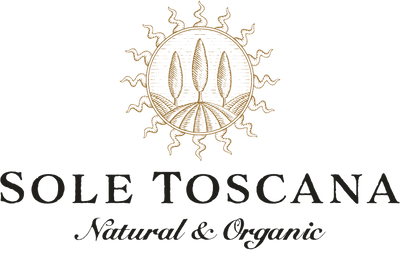Is the Mediterranean Diet (dietà Mediterranea) really a magic wand of beauty? For decades doctors have been extolling this diet based on olive oil, complex carbohydrates such as fresh pasta and rice, fresh fruit and vegetables, while remaining low in red meat, animal fats, and refined sugars.
The Mediterranean diet is composed of mostly plant based foods. A study published in the New England Journal of Medicine has shown the Mediterranean diet to reduce the risk of heart attack, stroke, and death related to heart problems by 30%. The diet can be used as a long term diet pattern to promote health, control blood sugar and prevent chronic disease.
It seems the Mediterranean diet has made Italy the healthiest country in the world, according to the 2017 Bloomberg Global Health Index. Bloomberg surveyed 163 countries and ranked them according to life expectancy, causes of death, and health risks such as high blood pressure, use of tobacco, malnutrition, and access to clean water, and ranked Italy #1. The US ranked #34, below every country in Western Europe.
Moreover, based on life expectancy alone, Italy ranked #7 in the world for female longevity, according to the World Health Organization. Italian women live an average of almost 85 years, compared to their US counterparts, whose average is 81.6, ranking them #33 worldwide.
The Mediterranean Diet that fuels the women of Italy, in both north and south of the country, is rich in farm-fresh fruits and vegetables, supplemented by freshly-caught fish, a small amount of meat, local cheeses, and bread from neighborhood bakeries. Dessert is a secondary consideration. “Locally grown,” zero-kilometer living isn’t a market slogan; it’s just life. There are fewer factory farms in Italy and many more mom-and-pop type agricultural entities than in the US, which makes prices arguably higher but quality decidedly superior.
While pasta is a staple at an Italian table and the average Italian can choose from 140 different shapes, Italians on average eat little more than two ounces of pasta per day. Sauces are often light; they may consist of EVO (extra-virgin olive oil) and a seasoning or two, not the thick cholesterol-heavy glop popularized by Italian-American restaurants.
(While EVO serves as a keystone of the Mediterranean Diet taken internally, it is also useful as a softening agent for the skin when applied externally. It is rich in vitamin E, fights the deleterious effect of free radicals, and contains a naturally-occurring anti-inflammatory chemical. It has been used as a beauty enhancement since Roman times, when it was applied as a lotion).
Additionally, although Italy is the largest rice producer in Europe and has 15 different varieties, Italians themselves eat only about 8.5 kilos (18.7 pounds) per person per year (about 1/3 of a pound per week). One of the country’s iconic dishes – risotto – is hugely popular in the north, where the most fertile rice fields are located, and risotto has become appreciated around the world.
The sometimes errant mantra of “protein good, carbs bad” is not so simple as illustrated by the Mediterranean Diet. Studies have shown that heart disease, cancer, diabetes, obesity, and other metabolic ailments occur less frequently with Mediterranean diets than with meals heavy in meat protein. And you can lose weight in the process! What else explains why Italian women are the slenderest and best-proportioned in Europe?
--Claudia Flisi


